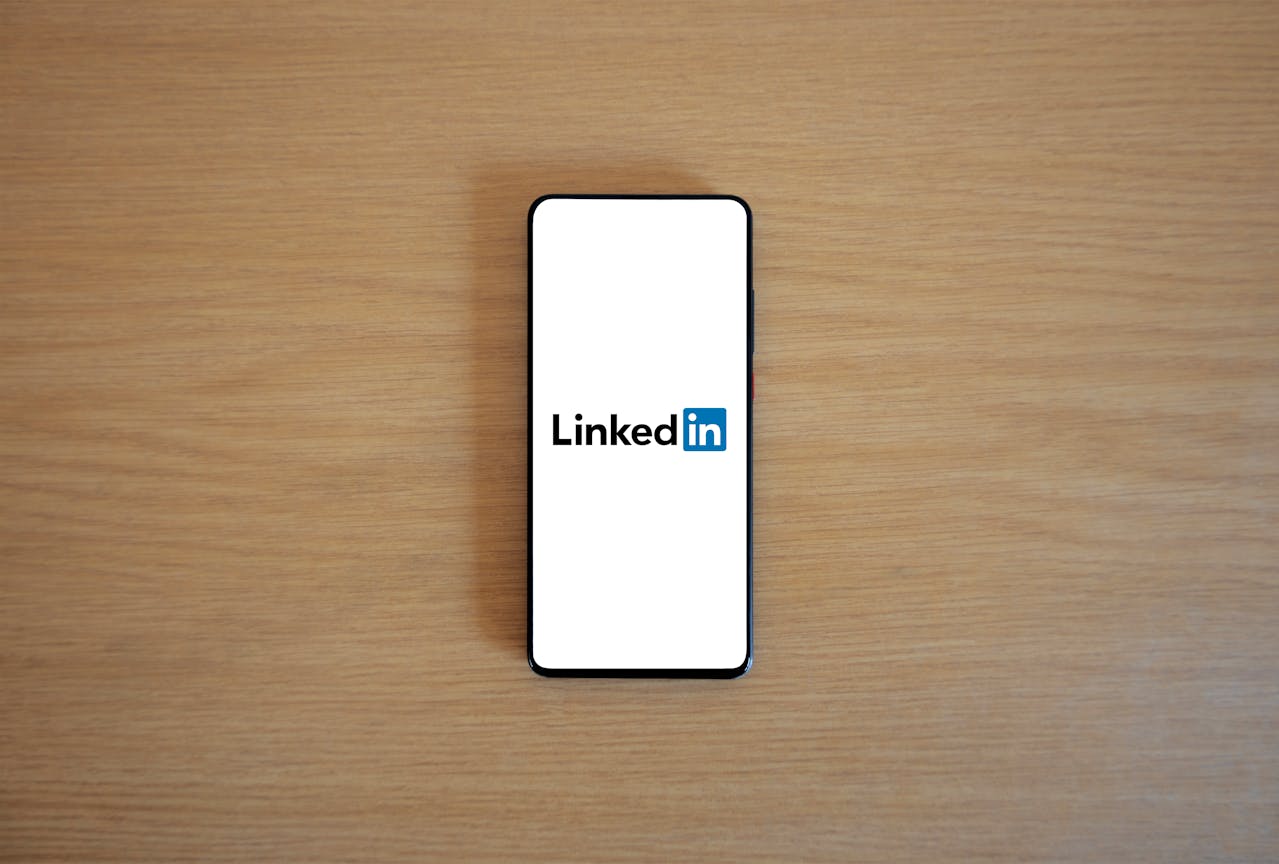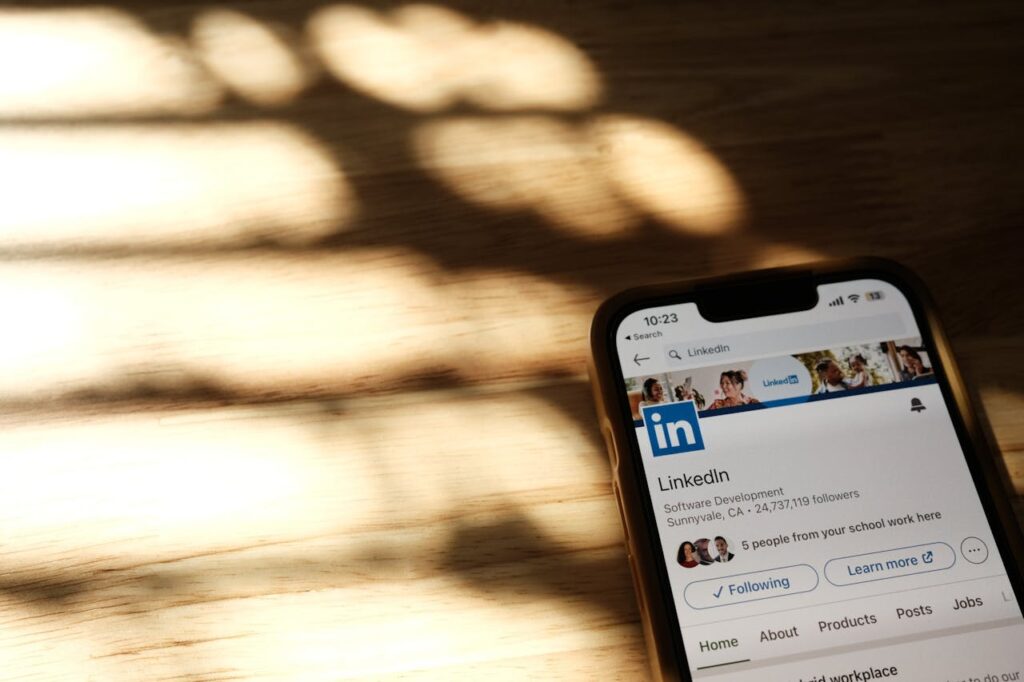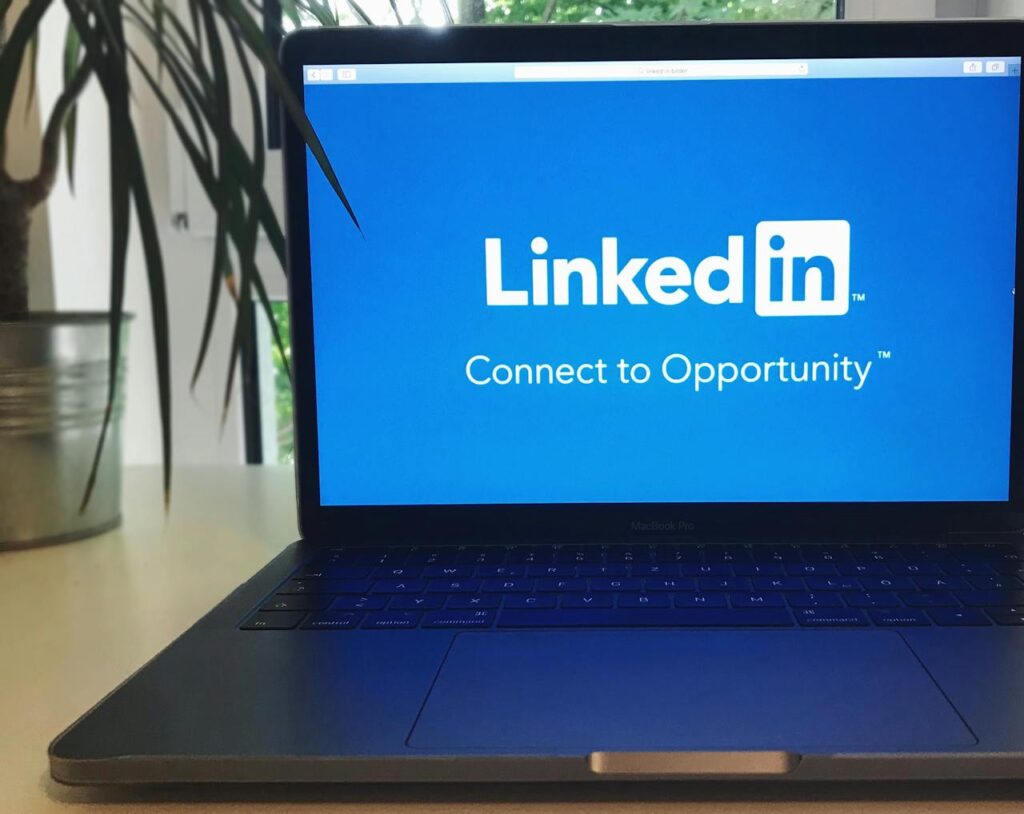
How to Use LinkedIn to Build B2B Relationships
LinkedIn has become one of the most influential platforms for B2B Relationships. It provides a distinctive platform to engage with professionals, establish enduring business connections, and create leads. LinkedIn boasts more than 900 million users worldwide, offering an extensive network of prospective clients, partners, and collaborators.
1. Optimize Your LinkedIn Profile for B2B Engagement
Your LinkedIn profile is often the first impression you make on potential business partners and clients. Therefore, optimizing it for B2B interactions is crucial. Start by ensuring that your profile is complete and professional.
Start with a high-quality photo that reflects professionalism and friendliness. Utilize the banner area to showcase your company logo or an attractive image that symbolizes your sector. Your headline ought to do more than merely mention your job title; rather, emphasize the value you bring. For instance, rather than saying “Sales Manager,” you might say “Assisting B2B firms in optimizing their procurement operations.”
The summary section is your opportunity to tell your professional story. Highlight your expertise, accomplishments, and the specific solutions you offer. Use this space to establish credibility and showcase how you can help other businesses achieve their goals. Include relevant keywords like “LinkedIn B2B marketing” naturally within your summary.
Additionally, ensure that your work experience section emphasizes key achievements. Focus on results-oriented descriptions, using metrics wherever possible. Complete the skills section with industry-specific skills, and request endorsements from colleagues to boost your profile’s credibility. Finally, gather recommendations from satisfied clients and partners to further strengthen your profile.

2. Build a Targeted Network
Building a targeted network is the foundation of successful B2B marketing on LinkedIn. Unlike other social media platforms, LinkedIn focuses on professional connections, making it ideal for B2B relationship-building.
Start by connecting with people you already know—colleagues, clients, and partners. Once you have a solid base, begin expanding your network strategically. Look for decision-makers in your target industry, such as CEOs, marketing directors, and procurement managers. Use LinkedIn’s search filters to narrow down potential connections based on industry, location, and company size.
Whenever you send connection requests, always add a personalized message. Describe how you discovered the individual and your reasons for wanting to connect. A tailored method enhances the chances of your request being approved.
Beyond sending connection requests, engage with your network by liking, commenting on, and sharing their posts. This keeps you visible and helps build rapport. Additionally, participate in relevant LinkedIn Groups where professionals discuss industry trends. Joining these groups not only helps you stay informed but also offers an opportunity to connect with like-minded individuals.
3. Share Valuable Content Regularly
Consistently sharing valuable content is key to establishing yourself as a thought leader in your industry. When you provide insights and information that your audience finds useful, you build trust and credibility.
Begin by determining the type of content that appeals to your intended audience. This may encompass industry updates, instructional guides, case studies, and articles showcasing thought leadership. Utilize LinkedIn’s built-in publishing feature to share lengthy articles. These articles may discuss subjects such as industry difficulties, solutions, and new trends.
In addition to articles, share short posts, videos, and infographics. Multimedia content tends to generate higher engagement. When sharing content, include relevant keywords such as “LinkedIn B2B marketing” to improve visibility.
Engage with those who interact with your content. Respond to comments and messages promptly to foster dialogue. Over time, consistent content sharing and engagement will position you as a trusted resource in your field.
4. Leverage LinkedIn’s Advanced Features
LinkedIn offers a range of advanced features that can enhance your B2B marketing efforts. One of the most powerful tools is LinkedIn Sales Navigator. This premium tool allows you to find and manage leads more effectively.
With LinkedIn Sales Navigator, you can perform highly targeted searches using advanced filters such as company size, seniority level, and geographic location. You can also save leads and receive updates on their activities, enabling you to engage at the right time.
A beneficial aspect is LinkedIn InMail, enabling you to send direct messages to users with whom you have no connections. Create tailored InMails that cater to the recipient’s unique requirements and outline how you can offer value.
LinkedIn also provides analytics for both individual profiles and company pages. Use these analytics to track engagement, identify popular content, and refine your strategy. By leveraging these advanced features, you can significantly improve your B2B outreach and relationship-building efforts.
5. Engage in Meaningful Conversations
Engagement is at the heart of building strong B2B relationships. While content sharing is important, meaningful conversations are what truly deepen connections.
Start by regularly commenting on your connections’ posts. Offer thoughtful insights and ask questions to keep the conversation going. This not only strengthens your relationship with the original poster but also increases your visibility to their network.
When contacting through direct messages, steer clear of using standard templates. Rather, customize your communications by mentioning recent updates or common interests. For instance, if a prospective client has recently shared about a conference they went to, bring it up in your message and inquire about their main insights.
Additionally, follow up on initial conversations to keep the relationship alive. Whether it’s a quick thank-you message after a meeting or sharing an article that might interest them, these small gestures go a long way in building rapport.
6. Host and Participate in LinkedIn Events
LinkedIn Events provide an excellent opportunity to connect with professionals in your industry. You can host webinars, panel discussions, or live Q&A sessions to showcase your expertise and engage with your audience in real-time.
When hosting an event, promote it through your network and encourage attendees to invite their connections. This helps increase your event’s reach. During the event, focus on providing value and addressing your audience’s specific pain points.
Post-event, reach out to participants with customized messages expressing gratitude for their involvement. Provide a recording of the event along with any supplementary materials mentioned. This follow-up not only enhances your relationship with attendees but also maintains the dialogue.
Participating in events hosted by others is equally valuable. It allows you to learn from industry leaders, engage in discussions, and expand your network.
7. Use LinkedIn Advertising for Targeted Outreach
LinkedIn’s advertising platform is a powerful tool for reaching specific B2B audiences. With options like Sponsored Content, Message Ads, and Dynamic Ads, you can tailor your campaigns to achieve various objectives.
Sponsored Content enables you to share posts with a larger audience. This helps to enhance visibility and boost engagement. Message Ads allow you to deliver direct messages to users’ inboxes, making them very effective for tailored outreach.
Dynamic Ads automatically personalize the ad content for each viewer, making them more engaging. When setting up LinkedIn ads, clearly define your target audience and campaign goals. Use compelling ad copy and strong calls-to-action to maximize results.
Regularly monitor your ad performance and make adjustments as needed. LinkedIn’s detailed analytics help you understand what’s working and where you can improve.

8. Measure and Refine Your Strategy
Finally, it’s essential to measure the effectiveness of your LinkedIn B2B marketing strategy. Regular analysis helps you identify what’s working and make necessary adjustments.
Track key metrics such as profile views, connection requests, post engagement, and lead generation. Use LinkedIn’s built-in analytics tools to gain insights into your audience’s behavior and preferences.
Moreover, collect opinions from your associates and customers. Inquire about the types of content they consider most valuable and the subjects they want you to discuss. Utilize this input to improve your content strategy.
B2B marketing on LinkedIn is an ongoing process. By continuously measuring your efforts and making improvements, you can build stronger relationships and achieve better results over time.
Conclusion
LinkedIn serves as a robust platform for B2B marketing and fostering relationships. By enhancing your profile, cultivating a focused network, providing valuable content, utilizing advanced tools, participating in significant discussions, organizing events, employing advertising, and persistently improving your approach, you can establish enduring business connections that foster growth. Begin applying these strategies today to unleash the complete capabilities of LinkedIn for your B2B marketing initiatives.
